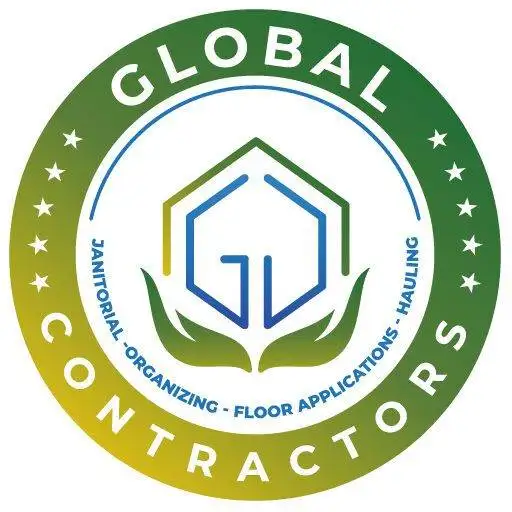Dishwasher
Researchers have foundthat dishwashers often contained bacteria that were linked to health problems, ranging from food poisoning to skin infections. First clean the dishwasher filter and let it air-dry. Then clean the dishwasher with white vinegar and run it on the normal cycle with hot water to loosen soap scum and grease
Oven
A dirty oven can cause a grease fire. Mix lemon juice, baking soda and vinegar to get the job done.
Ceiling Fan Blades
Ceiling fans scatter the dust and pollen collected on the fan blades causing sniffling and sneezing. To ensure yourallergiesdon’t flare each time you switch on the ceiling fan, wipe down the ceiling fan blades with a humid microfiber.
Reusable Shopping Bags
Studies have found E. coli and fecal bacteria in the reusable bags. The suggestion is to use cloth bags that can be washed in hot water – and designate separate bags for meat and produce.
Dryer Vent
Clogged lint screen is a fire hazard, so clean it after each load. Lint also get trapped in the vent that runs from your dryer to the outside of the house ” and failure to clean it is linked to$35 million in fire lossesevery year. Use a skinny brush with a long handle to remove lint from the vents. You should clean the vent every 3-6 months.
Mattress
A 2018 study published in Royal Society Open Science found that chimpanzee beds had less bacteria than 35 % of human beds. To clean your mattress, strip off the bedding and vacuum the entire mattress, paying special attention to the crevices where dirt and dust collect. Sprinkle baking soda over the mattress to deodorize, and vacuum again to remove the baking soda. Repeat the process every six months.
Kitchen Sponge
Yourkitchen sponge might be dirtierthan the surfaces you’re trying to clean. In one study, researchers found 309 different species of bacteria, from salmonella to listeria, on kitchen sponges; concentrations were as high as 45 billion bacteria per square centimeter.
- Residential Cleaning 80%
- Commercial Cleaning 60%
- Event Cleanup 90%
- One-time Cleaning 80%
- Regular Cleaning 60%
- Carpet ClenningCarpet Clenning 90%
